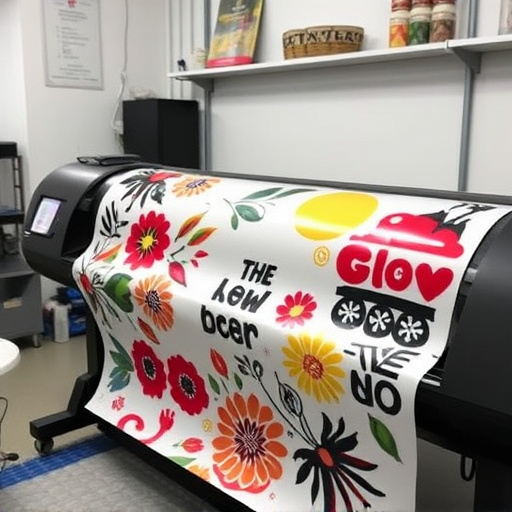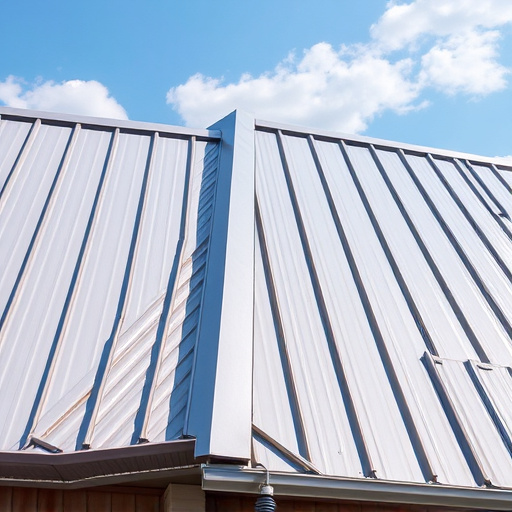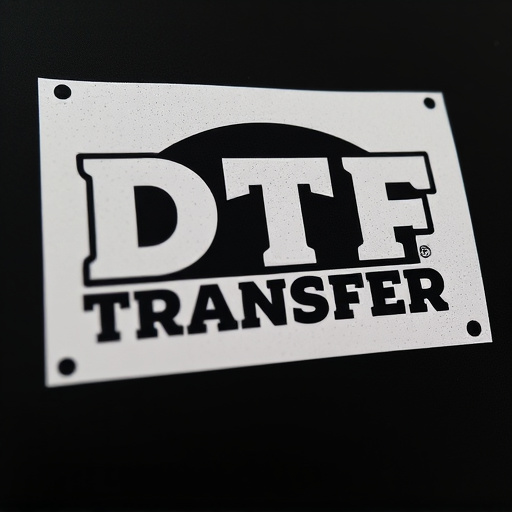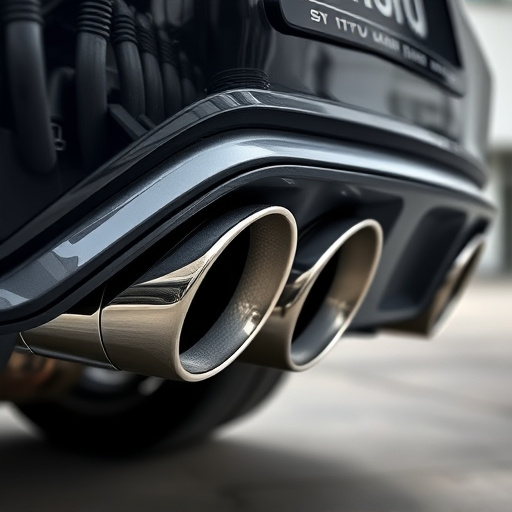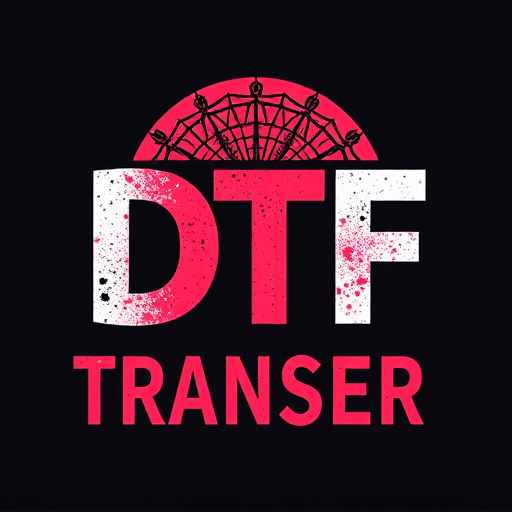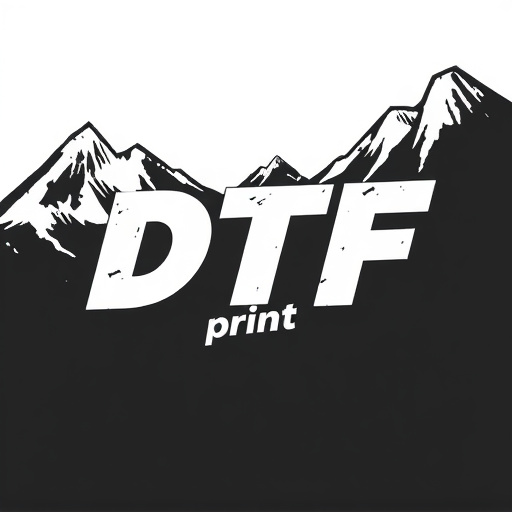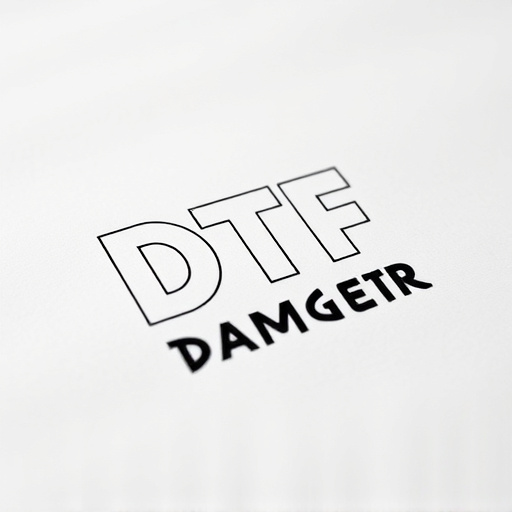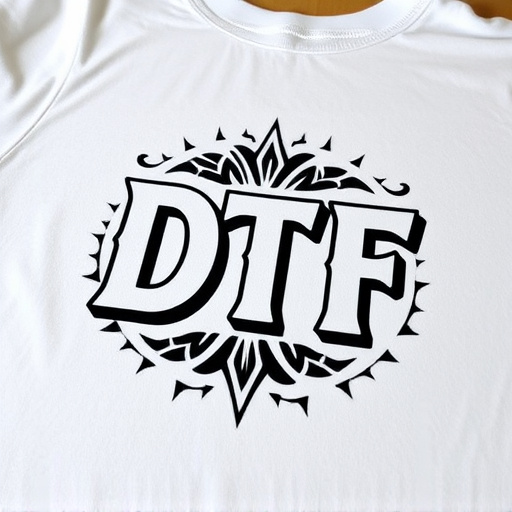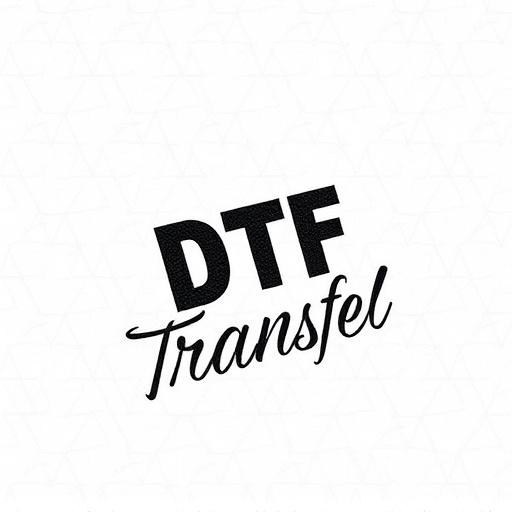Direct-to-Film (DTF) technology offers superior printing quality and speed, directly transferring designs onto various materials with molecular bonding inks. Its efficiency, durability, and fade resistance make it a top choice for businesses creating custom products. Heat Transfer Vinyl (HTV), another game-changer, enables complex design creation on diverse substrates but may not withstand frequent use or washing as well as DTF. DTF excels in image quality and longevity, while HTV offers flexibility and cost-effectiveness. The optimal choice depends on desired outcome, material compatibility, and project requirements, with DTF favored for high-end applications and HTV suitable for smaller-scale projects.
In the world of custom printing, Direct-to-Film (DTF) transfers and heat transfer vinyl offer distinct approaches to creating vibrant, durable designs. This article delves into the contrasting worlds of DTF and heat transfer vinyl technologies, providing a comprehensive overview for designers and enthusiasts alike. Understanding the unique properties of each method is crucial when choosing between DTF’s precision and direct application versus heat transfer vinyl’s versatility and efficiency. Explore key differences, material considerations, applications, and durability to make informed decisions in today’s competitive market.
- Understanding Direct-to-Film (DTF) Transfers: A Comprehensive Overview
- The Rise of Heat Transfer Vinyl: Unlocking Versatility and Efficiency
- Key Differences Between DTF and Heat Transfer Vinyl Technologies
- Material Considerations: Exploring the Unique Properties of Each Method
- Application and Durability: Comparing Longevity and Quality
- Choosing the Right Option: A Practical Guide for Different Use Cases
Understanding Direct-to-Film (DTF) Transfers: A Comprehensive Overview

Direct-to-Film (DTF) transfers are a cutting-edge method in the world of printing and design, offering unparalleled quality and versatility. This innovative process involves transferring designs directly onto various surfaces using specialized equipment and inks that bond with the substrate on a molecular level. DTF is particularly favored for its ability to produce crisp, vibrant prints on a diverse range of materials, from textiles to plastics and even metal.
The allure of DTF lies in its efficiency and speed. Unlike traditional printing methods that may require multiple layers or complicated setups, DTF accomplishes high-quality results in a single pass. This makes it an attractive option for businesses and designers looking to create custom products quickly. Moreover, DTF transfers are known for their durability, resistance to fading, and ability to withstand various environmental conditions, ensuring the longevity of the printed designs.
The Rise of Heat Transfer Vinyl: Unlocking Versatility and Efficiency
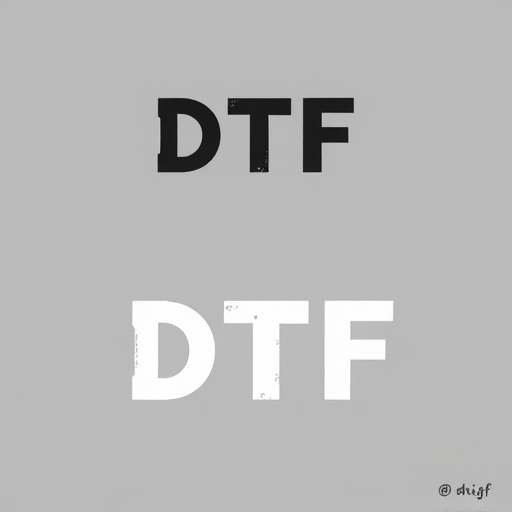
In recent years, the printing industry has witnessed a significant shift towards heat transfer vinyl (HTV) as a versatile and efficient solution for various applications. This technology has revolutionized the way we approach custom printing, especially in the context of direct-to-film (DTF) transfers. Heat transfer vinyl offers unparalleled versatility, allowing designers and manufacturers to create intricate patterns, graphics, and text on a wide range of materials, from clothing and textiles to plastics and metals.
The appeal of HTV lies in its ability to streamline the printing process. With DTF technology, images are transferred directly onto a substrate using heat and pressure, eliminating the need for complex set-up and preparation. This not only reduces production time but also ensures consistent quality. Moreover, heat transfer vinyl provides durability and long-lasting colors, making it suitable for both indoor and outdoor use cases, enhancing its appeal across industries.
Key Differences Between DTF and Heat Transfer Vinyl Technologies

Direct-to-film (DTF) and heat transfer vinyl are two distinct technologies in the printing industry, each with its own set of advantages and limitations. One key difference lies in their application methods. DTF involves printing directly onto a clear film, which is then applied to various surfaces, offering vibrant colors and sharp details without the need for a separate backing material. On the other hand, heat transfer vinyl requires the design to be printed on a flexible sheet with a release layer, which is then heated to fuse the design onto the desired fabric or surface.
Another significant distinction is durability and longevity. Heat transfer vinyl tends to provide more durable results, as it becomes an integral part of the substrate material after heating. This makes it ideal for items that undergo frequent use and washing. In contrast, DTF prints can be more susceptible to fading or damage over time when exposed to sunlight or harsh conditions, making it better suited for indoor applications or short-term projects.
Material Considerations: Exploring the Unique Properties of Each Method
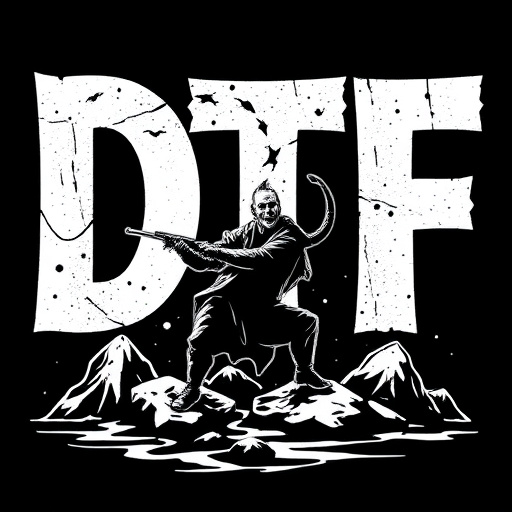
Direct-to-film (DTF) transfers and heat transfer vinyl (HTV) are two distinct methods with unique material properties, each offering its own advantages for various applications. DTF printing directly onto film provides exceptional image quality, vibrancy of colors, and versatility in terms of substrate choices, making it ideal for creating eye-catching packaging, posters, and displays. The process involves exposing the film to a digital print head, resulting in fine detail and sharp edges. On the other hand, heat transfer vinyl offers a different set of benefits. This method utilizes a flexible carrier sheet with a design printed on top, which is then heated to transfer the graphic onto a variety of materials, including fabrics, metal, and wood. HTV is known for its durability, ability to create soft, vibrant designs, and suitability for items that require flexibility or a more worn, vintage look. The choice between DTF and HTV depends on the desired outcome, material compatibility, and the nature of the project.
Application and Durability: Comparing Longevity and Quality

Direct-to-film (DTF) transfers offer a unique advantage in terms of application and durability compared to heat transfer vinyl. DTF printing directly onto a substrate, such as fabric or plastic, provides a more permanent and high-quality finish. This method ensures that the design is integrated into the material itself, making it resistant to fading, peeling, or cracking over time. In contrast, heat transfer vinyl requires a second step of application, where the vinyl film is heated and pressed onto the substrate, creating a bond. While this process allows for a wide range of design possibilities, it may not offer the same level of longevity as DTF transfers.
When considering durability, DTF transfers often surpass heat transfer vinyl in terms of quality and longevity. The direct printing method creates a more robust bond between the design and the material, ensuring that the colors remain vibrant and the design retains its sharpness even under extreme conditions. In contrast, heat transfer vinyl might experience issues with adhesion over time, especially when subjected to repeated washings or exposure to sunlight, leading to a potential loss of quality and visibility of the design.
Choosing the Right Option: A Practical Guide for Different Use Cases

Choosing the right option between direct-to-film (DTF) transfers and heat transfer vinyl (HTV) depends on your specific needs and use cases. DTF offers exceptional quality, vibrancy in colors, and a smooth finish, making it ideal for high-end applications like custom signage, display graphics, and promotional materials. It’s particularly suitable when durability and long-lasting color retention are paramount.
On the other hand, HTV is more versatile and cost-effective, perfect for smaller-scale projects, personalized gifts, or clothing customization. Its ability to adhere to various fabrics and surfaces makes it a popular choice among hobbyists and small businesses. While the color palette might not be as vibrant as DTF, HTV provides good durability for everyday use, making it a practical option for many consumer goods and promotional items.

